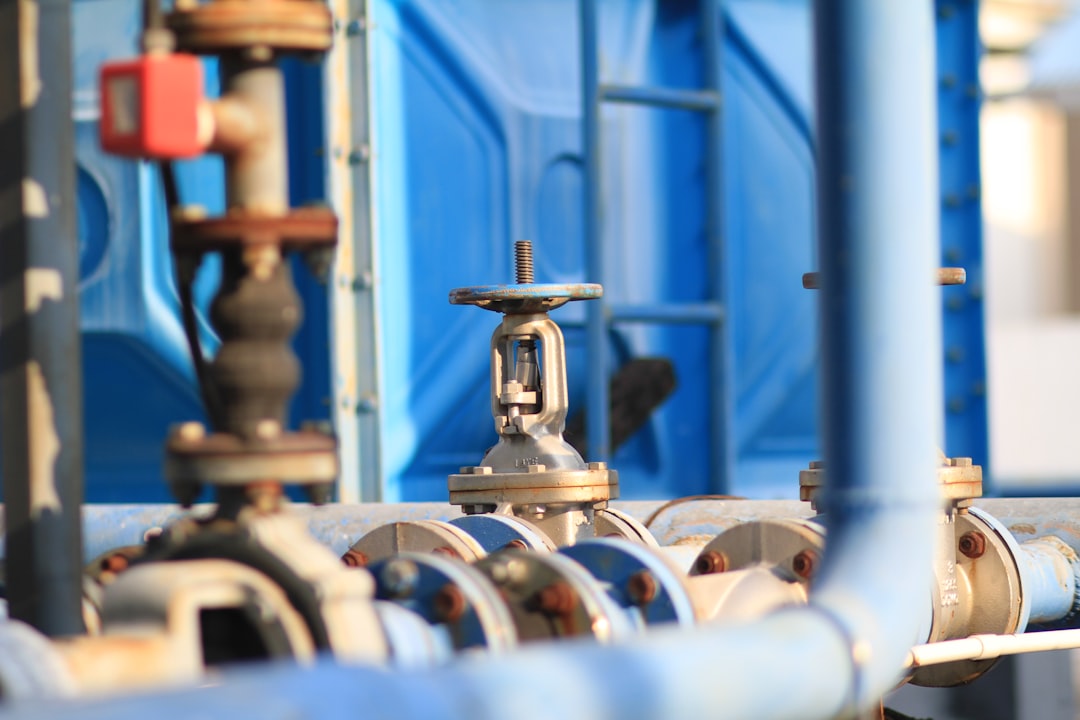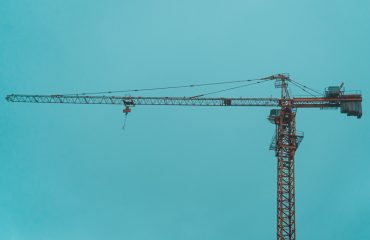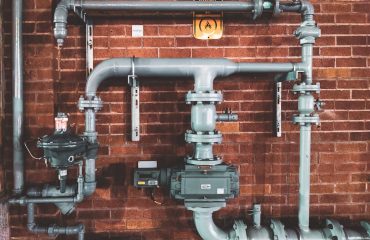High-pressure piping systems are crucial in various industries, from oil and gas to chemical processing and power generation. However, the inherent risks associated with high pressure demand rigorous safety protocols. A failure in a high-pressure pipe can lead to catastrophic consequences, including injury, environmental damage, and significant financial losses. This comprehensive guide delves into the essential aspects of high-pressure pipe safety, providing insights to mitigate risks and ensure operational integrity.
1. Material Selection: The Foundation of High-Pressure Pipe Safety
Choosing the right material is paramount. The material must withstand the operating pressure, temperature, and the nature of the fluid being transported. Common materials include carbon steel, stainless steel, and various alloys, each possessing unique properties. Factors to consider include:
- Yield Strength: The material’s resistance to permanent deformation under stress. Higher yield strength is crucial for high-pressure applications.
- Tensile Strength: The maximum stress a material can withstand before breaking. This is essential for ensuring the pipe doesn’t rupture under pressure.
- Corrosion Resistance: The material’s ability to resist degradation from the transported fluid or environmental factors. Stainless steel is often preferred for corrosive fluids.
- Temperature Resistance: The material’s ability to maintain its strength and integrity at elevated temperatures. Some alloys are specifically designed for high-temperature applications.
- Weldability: The ease with which the material can be welded, ensuring seamless joints crucial for pressure integrity.
Proper material selection requires thorough engineering analysis, considering all relevant factors and adhering to relevant industry standards and codes.
2. Pressure Testing: Validating the Integrity of High-Pressure Pipes
Pressure testing is a non-destructive method used to verify the structural integrity of pipes before they are put into service. This involves subjecting the pipe to a pressure significantly higher than its operating pressure (typically 1.5 times the maximum allowable working pressure) for a specified duration. Careful monitoring of pressure and any leaks is crucial. Different testing methods exist, including:
- Hydrostatic Testing: Using water as the testing medium. This is a common and relatively inexpensive method.
- Pneumatic Testing: Using compressed air or gas. This method is faster but requires greater caution due to the potential for explosive decompression if a failure occurs.
Detailed records of pressure testing, including date, pressure levels, duration, and any observations, must be maintained for future reference and compliance purposes.
3. Leak Detection and Prevention: Proactive Measures for Safety
Regular leak detection is critical for preventing failures. Methods include visual inspections, acoustic leak detection (listening for unusual sounds), and advanced techniques like infrared thermography (detecting heat signatures associated with leaks). Early detection allows for timely repairs, preventing escalation into major incidents. Leak prevention strategies include:
- Regular Inspections: Scheduled visual inspections for signs of wear, corrosion, or damage.
- Proper Installation: Correct installation techniques minimize stress points and potential leaks.
- Corrosion Protection: Applying coatings or using corrosion-resistant materials to extend the lifespan of the pipes.
- Cathodic Protection: An electrochemical technique used to prevent corrosion in metallic pipes.
4. Maintenance and Inspection: Ensuring Long-Term Reliability
A comprehensive maintenance program is essential for ensuring the long-term safety and reliability of high-pressure piping systems. This involves regular inspections, cleaning, and repairs as needed. The frequency of maintenance depends on factors such as operating conditions, material type, and the nature of the transported fluid. Key maintenance tasks include:
- Visual Inspections: Regular visual checks for signs of corrosion, damage, or leaks.
- Non-Destructive Testing (NDT): Employing techniques like ultrasonic testing or radiographic testing to detect internal flaws.
- Cleaning: Removing accumulated debris or deposits that can restrict flow or accelerate corrosion.
- Repair or Replacement: Addressing any identified damage through repairs or replacement of affected sections.
Proper documentation of all maintenance activities is crucial for tracking the system’s health and ensuring compliance with regulations.
5. Emergency Procedures: Responding to High-Pressure Pipe Failures
Despite preventative measures, failures can occur. Having well-defined emergency procedures is vital to minimize the impact of such events. These procedures should include:
- Emergency Shutdown Procedures: Quick and efficient methods to shut down the system in case of a leak or failure.
- Isolation Valves: Strategically placed valves to isolate affected sections of the pipeline, limiting the extent of any release.
- Emergency Response Team: A trained team responsible for responding to incidents, including containment and cleanup.
- Communication Protocols: Clear communication channels to alert relevant personnel and emergency services.
- Evacuation Plans: Predetermined evacuation routes and assembly points in case of a major incident.
Regular drills and training are crucial to ensure the effectiveness of emergency procedures.
Adhering to these safety guidelines and implementing a robust safety management system are crucial for minimizing the risks associated with high-pressure piping systems. Remember, safety is not just a cost; it’s an investment in protecting people, the environment, and your business.
Tags: high pressure pipe safety, pipe safety, pressure testing, leak detection, high pressure pipe maintenance




